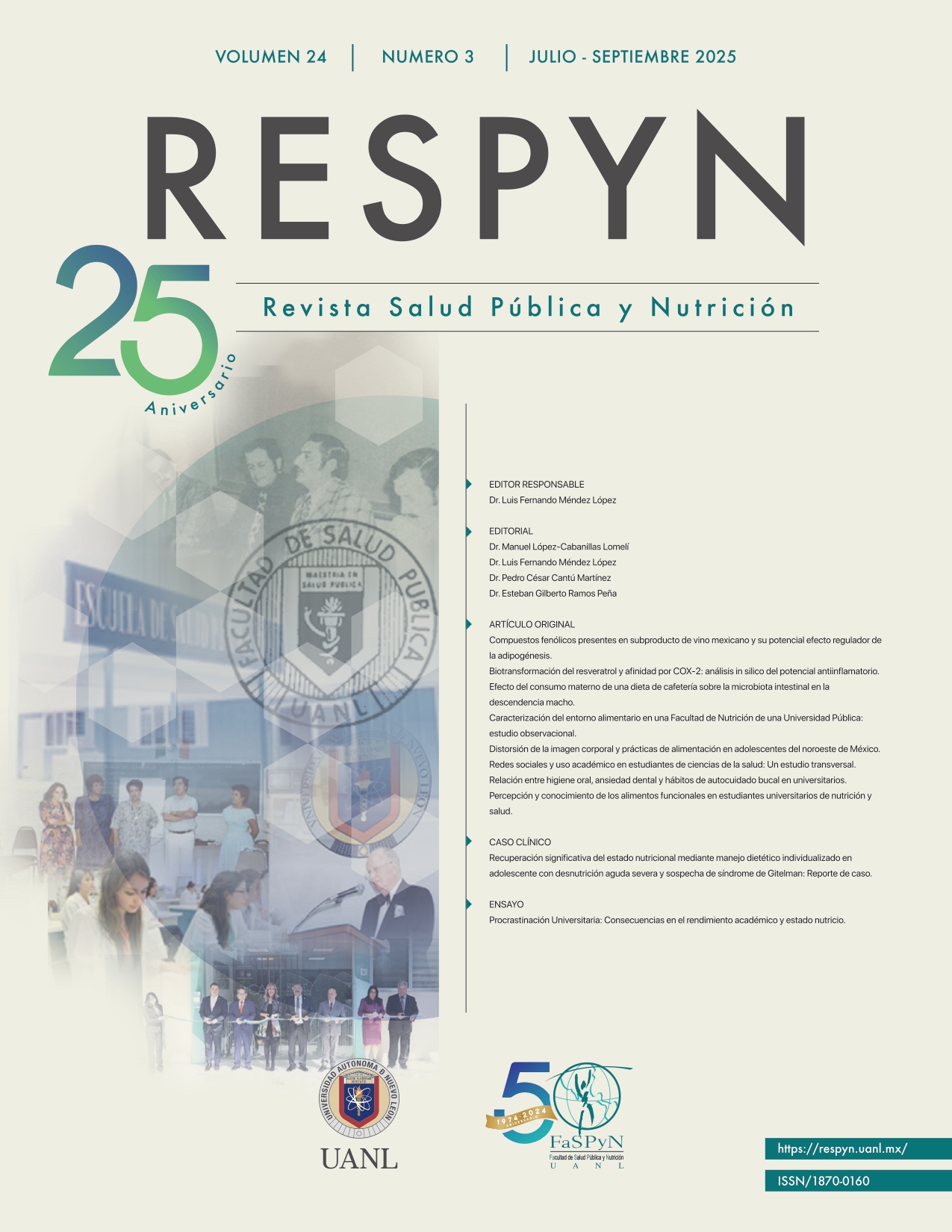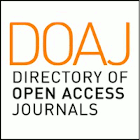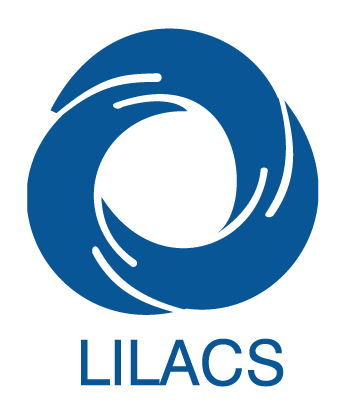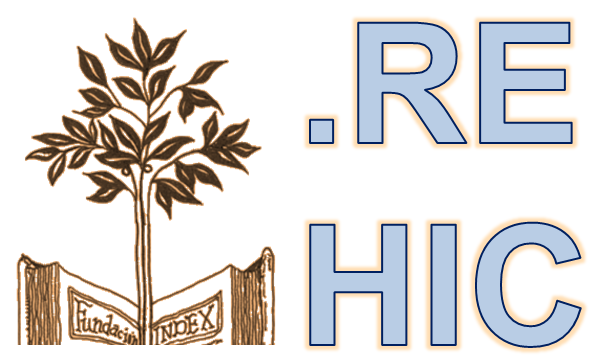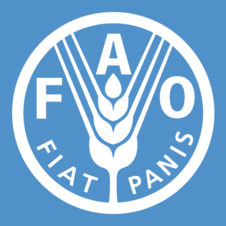Characterization of the food environment at a public university: An observational study
DOI:
https://doi.org/10.29105/respyn24.3-891Keywords:
ENTORNO ALIMENTARIO, estilo de vida, UniversidadAbstract
Introduction: Food environments encompass the set of physical, economic, political, and sociocultural factors related to the availability, accessibility, affordability, and nutritional quality of food and beverages within a community. Objective: To observe and describe the characteristics of the food environment within and around the Faculty of Nutrition at a Public University in Monterrey, Nuevo León, Mexico. Material and method: Descriptive observational study conducted in and around the Faculty of Nutrition (within a 500-meter radius), evaluating 53 food establishments using the Nutrition Environment Measures Survey – Restaurants (NEMS-R), adapted and complemented with the NOVA classification system. Establishments were categorized as "healthy," "less healthy," or "unhealthy." Data were recorded in a coded database and analyzed using descriptive statistics. Results: Of the establishments evaluated, 49.1% were classified as "unhealthy," 49.1% as "less healthy," and only 1.9% as "healthy." A high concentration of outlets offering ultra-processed products with low nutritional value was observed in the surrounding area. Conclusion: The findings highlight the need for interventions that promote healthy eating habits, implement policies that support the availability of nutritious foods, and encourage collaboration with local vendors, in alignment with the guidelines of the Healthy School Environments Strategy.
Downloads
References
Bernabé-Ortiz, A., Herrera-Añazco, P., Arellano-Arroyo, E., Alvarado-Jacinto, W., & Pereda-Castro, W. (2022). Percepción del ambiente alimentario universitario y su asociación con sobrepeso y obesidad en estudiantes de Lima, Perú. Revista Peruana de Medicina Experimental y Salud Pública, 39(4), e22189.
Castillo-Cedeño, I., Flores-Davis, L. E., & Miranda-Cervantes, G. (2017). Hacia una universidad de convivencia saludable: Percepción de un grupo de estudiantes de bachillerato del Centro de Investigación y Docencia en Educación (CIDE). Revista Electrónica Educare, 21(1), 397–419. https://doi.org/10.15359/ree.21-1.20 DOI: https://doi.org/10.15359/ree.21-1.20
Dooris, M., Farrier, A., Doherty, S., Holt, M., Monk, R., & Powell, S. (2016). The UK Healthy Universities Self-Review Tool: Whole system impact. Health Promotion International. Advance online publication. https://doi.org/10.1093/heapro/daw099 DOI: https://doi.org/10.1093/heapro/daw099
Glanz, K., Sallis, J. F., Saelens, B. E., & Frank, L. D. (2007). Nutrition Environment Measures Survey in stores (NEMS-S): development and evaluation. American journal of preventive medicine, 32(4), 282–289. https://doi.org/10.1016/j.amepre.2006.12.019 DOI: https://doi.org/10.1016/j.amepre.2006.12.019
Gobierno de España, & Ministerio de Sanidad. (2016). Red Española de Universidades Saludables (REUS). https://www.sanidad.gob.es/profesionales/saludPublica/prevPromocion/promocion/UniversidadesSaludables/REUS.htm
Morales, J., Matta, H., Fuentes-Rivera, J., Pérez, R., Suárez, C., Alvines, D., & Carcausto, W. (2018). Exceso de peso y riesgo cardiometabólico en docentes de una universidad de Lima: Oportunidad para construir entornos saludables. Educación Médica, 19, 256–262. https://doi.org/10.1016/j.edumed.2017.08.003 DOI: https://doi.org/10.1016/j.edumed.2017.08.003
Pérez-Ferrer, C., Auchincloss, A. H., de Menezes, M. C., Kroker-Lobos, M. F., Cardoso, L. de O., & Barrientos-Gutiérrez, T. (2019). The food environment in Latin America: A systematic review with a focus on environments relevant to obesity and related chronic diseases. Public Health Nutrition, 22(18), 3447–3464. https://doi.org/10.1017/S1368980019002891 DOI: https://doi.org/10.1017/S1368980019002891
Reyes Fernández, R. M. (2018). La universidad y su articulación con la sociedad en la búsqueda de entornos saludables en Yaguajay. Humanidades Médicas, 18(3), 576–597. http://scielo.sld.cu/scielo.php?script=sci_arttext&pid=S1727-81202018000300576&lng=es&tlng=es
Mazorco-Salas, J. E., Rojas-León, G. A., Gómez-Romero, R. F., Duarte-Rueda, J. R., & Granados-Mendoza, M. C. (2021). Diseño de una metodología para la co-creación de ambientes saludables en entornos educativos universitarios. Hacia la Promoción de la Salud, 26(2), 49–67. https://doi.org/10.17151/hpsal.2021.26.2.5 DOI: https://doi.org/10.17151/hpsal.2021.26.2.5
Food and Agriculture Organization of the United Nations (FAO). (2016). Influencing food environments for healthy diets (Vol. 45). FAO. https://openknowledge.fao.org/server/api/core/bitstreams/14a2828e-2b07-444a-a0b2-af111b0efd30/content
Herforth, A., & Ahmed, S. (2015). The food environment, its effects on dietary consumption, and potential for measurement within agriculture-nutrition interventions. Food and Agriculture Organization of the United Nations (FAO). https://doi.org/10.13140/RG.2.1.3803.8249 DOI: https://doi.org/10.1007/s12571-015-0455-8
Instituto de Salud del Estado de México. (2018). Salud en la Universidad. https://salud.edomex.gob.mx/isem/salud_universidad
Jiménez-Ramos, F. S., Tume, F., & Olivares-Etchebaster, M. (2020). “Científica Saludable”: Un proyecto de universidad saludable basado en el enfoque de promoción de la salud y bienestar. Revista Española de Nutrición Humana y Dietética, 24(4), 398–400. https://doi.org/10.14306/renhyd.24.4.1110 DOI: https://doi.org/10.14306/renhyd.24.4.1110
Ropero Lara, A. B., Beltrá García-Calvo, M., & Reina Vaíllo, R. (2023). El contexto universitario como espacio promotor de hábitos saludables. Revista Española de Salud Pública, 97(3), e202305032. https://doi.org/10.4321/S1135-57272023000300005
López-Alonso, A., Liebana Presa, C., Sánchez-Valdeón, L., López-Aguado, M., Quiñones-Pérez, M., & Fernández-Martínez, E. (2021). La universidad como un entorno saludable: Un estudio transversal. Enfermería Global, 20(3), 221–243. https://doi.org/10.6018/eglobal.441601 DOI: https://doi.org/10.6018/eglobal.441601
Muñoz Galeano, M. E., & López Restrepo, S. (2024). Caracterización del entorno alimentario de una universidad en Medellín, Colombia: Retos para la promoción de una alimentación saludable. Revista Chilena de Nutrición, 51(1), 76–85. https://doi.org/10.4067/s0717-75182024000100076 DOI: https://doi.org/10.4067/s0717-75182024000100076
Organización Panamericana de la Salud (OPS), & Organización Mundial de la Salud (OMS). (2018). Universidades promotoras de salud: Estrategias para la implementación de entornos universitarios saludables. https://www.paho.org/es/documentos/universidades-promotoras-salud-estrategias-para-implementacion-entornos-universitarios
Popkin, B. M., Adair, L. S., & Ng, S. W. (2012). Global nutrition transition and the pandemic of obesity in developing countries. Nutrition Reviews, 70(1), 3–21. https://doi.org/10.1111/j.1753-4887.2011.00456.x DOI: https://doi.org/10.1111/j.1753-4887.2011.00456.x
RMUPS – Red de Universidades Saludables. (s/f). Rmups.org. Recuperado el 13 de junio de 2025, de https://rmups.org/
Sánchez Ordóñez, J. M., & Gimeno Navarro, M. Á. (2022). Universidades saludables: Conceptos, dimensiones y enfoques para la construcción de entornos universitarios saludables. Hacia la Promoción de la Salud, 27(1), 234–250. https://doi.org/10.17151/hpsal.2022.27.1.16 DOI: https://doi.org/10.17151/hpsal.2022.27.1.16
Swinburn, B. A., Sacks, G., Hall, K. D., McPherson, K., Finegood, D. T., Moodie, M. L., & Gortmaker, S. L. (2011). The global obesity pandemic: Shaped by global drivers and local environments. The Lancet, 378(9793), 804–814. https://doi.org/10.1016/S0140-6736(10)62037-5 DOI: https://doi.org/10.1016/S0140-6736(11)60813-1
Downloads
Published
How to Cite
Issue
Section
License
Copyright (c) 2025 Edna Judith Nava González, Nohemí Liliana Negrete López, Magdalena Soledad Chavero Torres, Myriam Gutiérrez López, Alpha Berenice Medellín Guerrero, Erika González Guevara

This work is licensed under a Creative Commons Attribution 4.0 International License.
The rights of the work belong to the author or authors, however, by sending it for publication in the Public Health and Nutrition Magazine of the Faculty of Public Health and Nutrition of the Autonomous University of Nuevo León, they grant the right for its first publication in between electronic, and possibly, in print to the Public Health and Nutrition Magazine. The license used is the Creative Commons attribution, which allows third parties to use what is published whenever the authorship of the work is mentioned and the first publication that is in the Public Health and Nutrition Magazine. Likewise, the author or authors will take into account that it will not be allowed to send the publication to any other journal, regardless of the format. The authors will be able to make other independent and additional contractual agreements for the non-exclusive distribution of the version of the article published in the Public Health and Nutrition Magazine (e.g., institutional repository or publication in a book) provided they clearly state that The work was published for the first time in the Public Health Magazine, Magazine of the Faculty of Public Health and Nutrition of the Autonomous University of Nuevo León.
